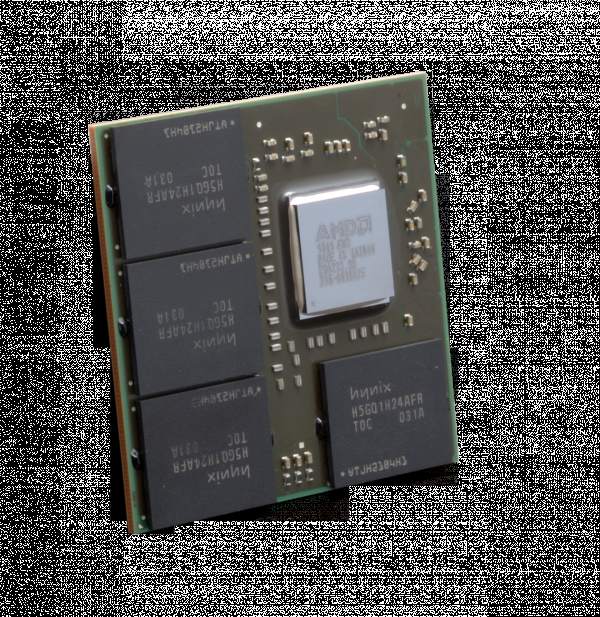AMD has introduced a next-gen embedded discrete graphics processor capable of driving six independent displays.
Rich Jaenicke, director of product marketing for AMD’s Embedded Products, told TG Daily the Radeon E6760 GPU was targeted at four primary markets: medical, military, casino (slot machines) and digital signage.

“Medical is obviously one of the top markets for the E6760. It can power a wide range of equipment, such as ultrasound units and other portable machines. We envision the GPU being used to display six separate perspectives of an image, say a broken bone or different CT pictures.
“Now, for the military and law enforcement space I can definitely say there is a real need for better graphics and more compute power. So yes, the E6760 would clearly be at home driving advanced cockpit displays and signal processing systems.”
According to Jaenicke, AMD worked closely with existing customers when designing the E6760 GPU.
“They wanted a nice boost for graphics performance, some asked for 50%. Of course, more memory was another request, so we doubled it from half a gig to a full gig.
“And it certainly goes without saying that support for OpenCL is another important aspect of the E6760 GPU for our customers, as it provides an industry standard interface to access general purpose graphics processing unit (GPGPU) apps such as ultrasound, radar and video surveillance.”
Additional specs include:
- Memory – 128-bit wide, 1 GB GDDR.
- OS – Windows 7, Linux (x86 32/64).
- Graphics – DX11, Shader Model 5.0, OpenGL 4.1, Stereo 3D.
- Video – 3rd Generation Unified Video Decoder (UVD3), H.264, VC-1, MPEG4, MPEG2 decode, SD & HD, HQV processing, dual HD decode, Blu-ray 3D.
- Compute – AMD App Acceleration, OpenCL 1.1, DirectCompute 11, 576 GFLOPS.
- Advanced 3D graphics engine and programmable shader architecture supports DX11 for optimized graphics rendering.
- Supports HDMI 1.4 stereoscopic video and DisplayPort 1.2 for higher link speeds and simplified display connectivity.
- Can be paired with AMD’s upcoming A-Series Accelerated Processing Units (APU) codenamed “Llano” to offer additional graphics capability and additional parallel computing power.






